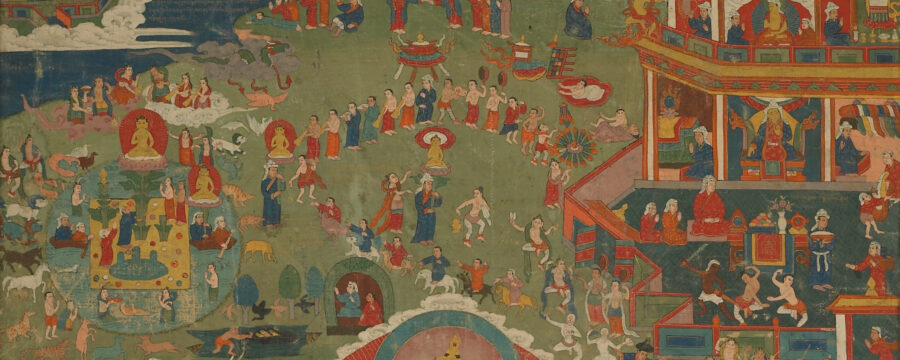
Padmasambhava and scenes from his life story; Kham Province, Eastern Tibet; 18th - 19th century; Pigments on cloth; Rubin Museum of Himalayan Art; C2003.49.11

Padmasambhava and scenes from his life story; Kham Province, Eastern Tibet; 18th - 19th century; Pigments on cloth; Rubin Museum of Himalayan Art; C2003.49.11

Rubin Museum
150 W. 17th St., NYC
Get the latest news and stories from the Rubin, plus occasional information on how to support our work.